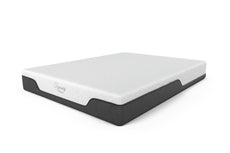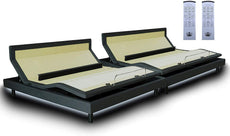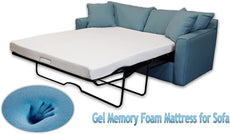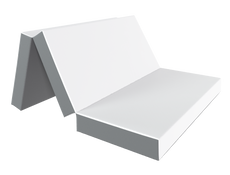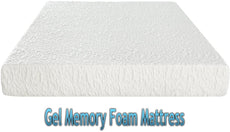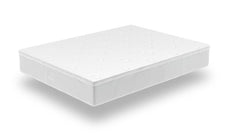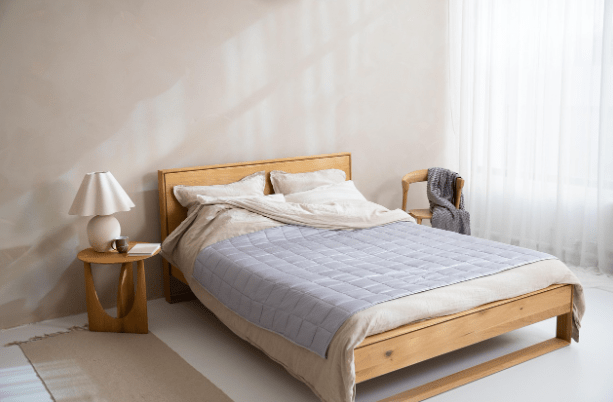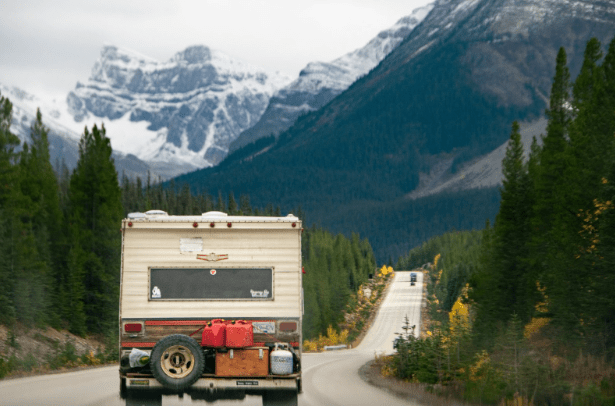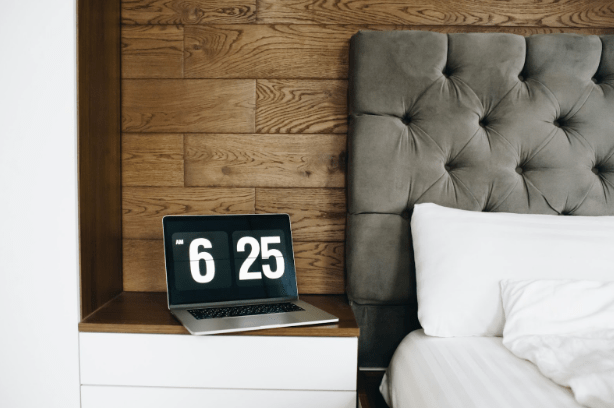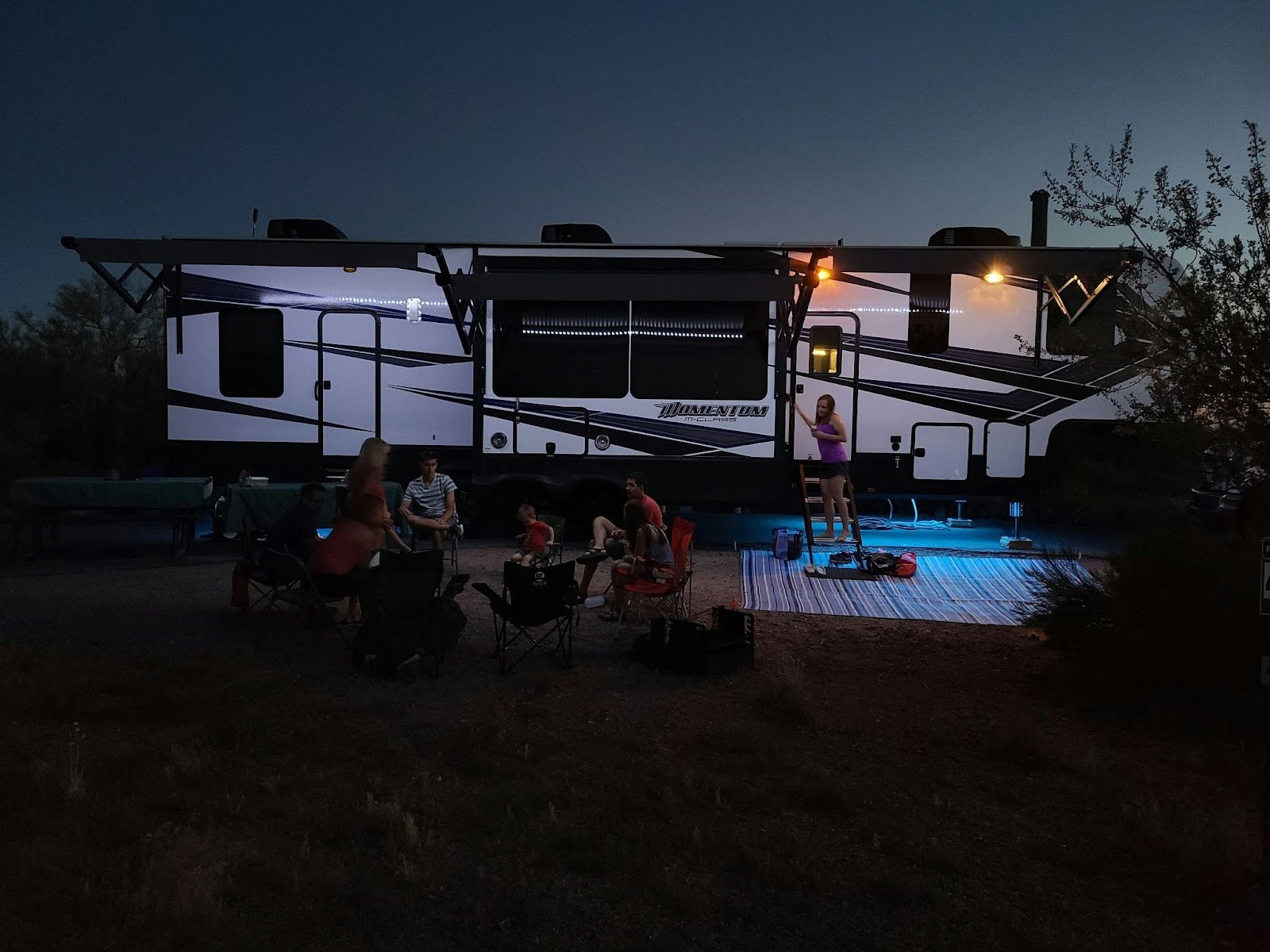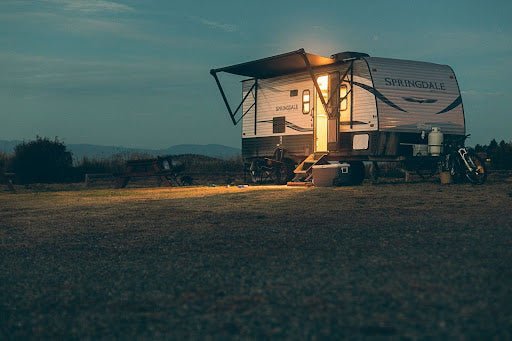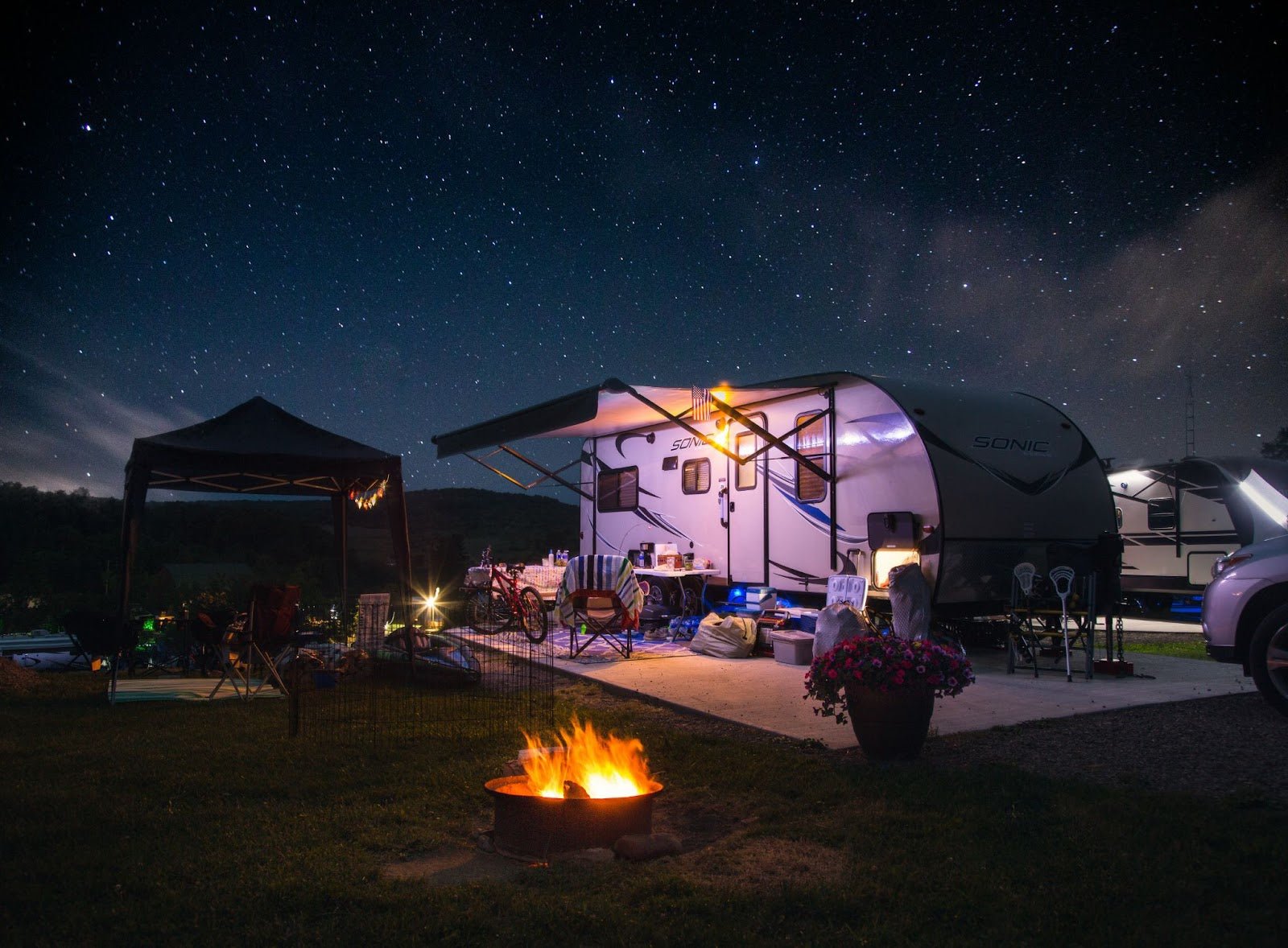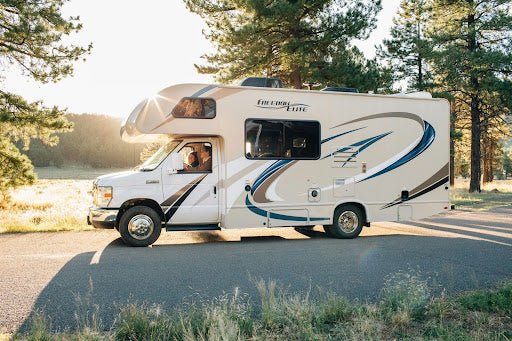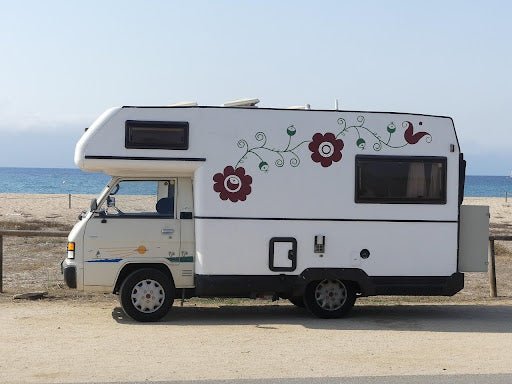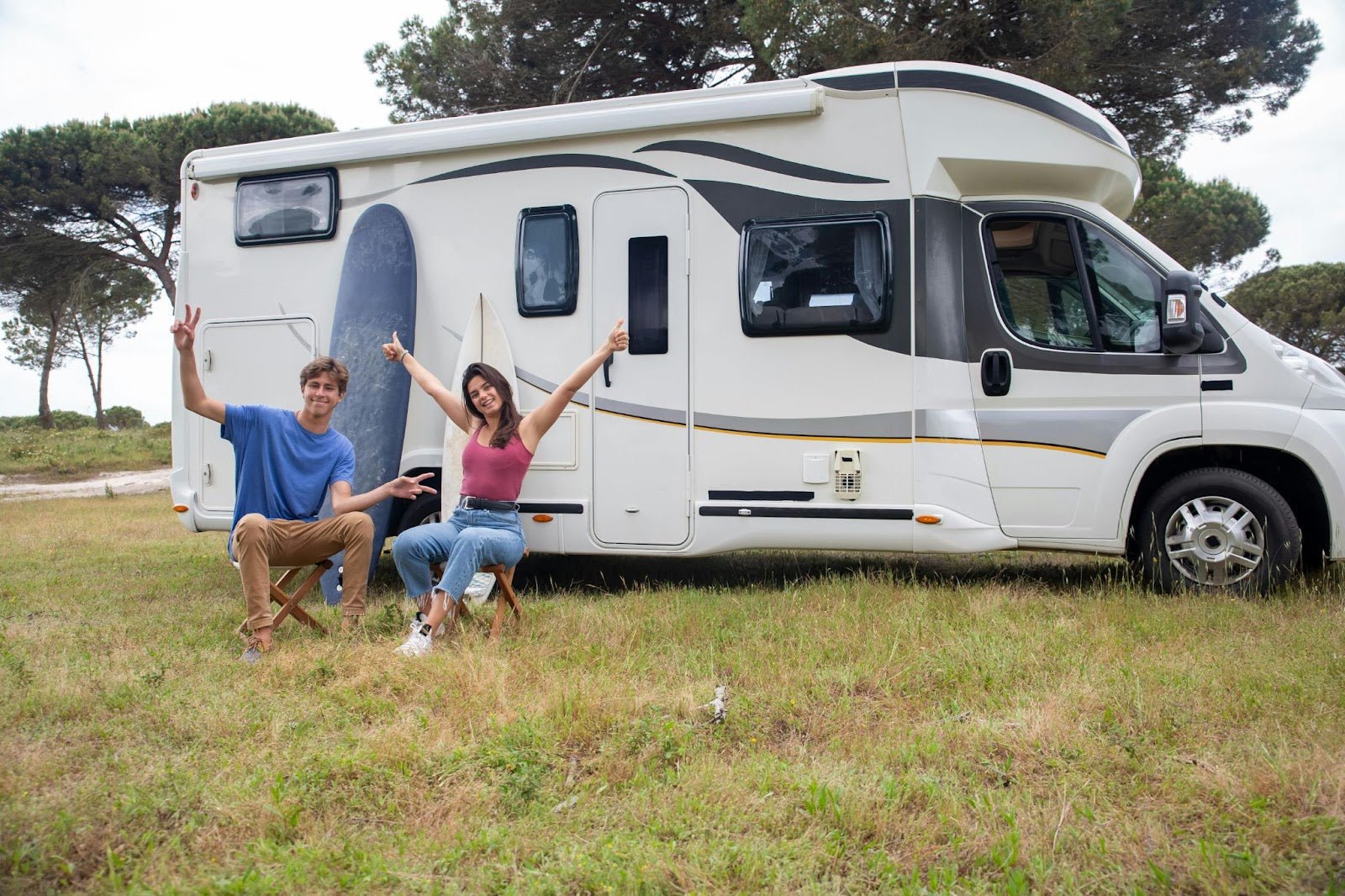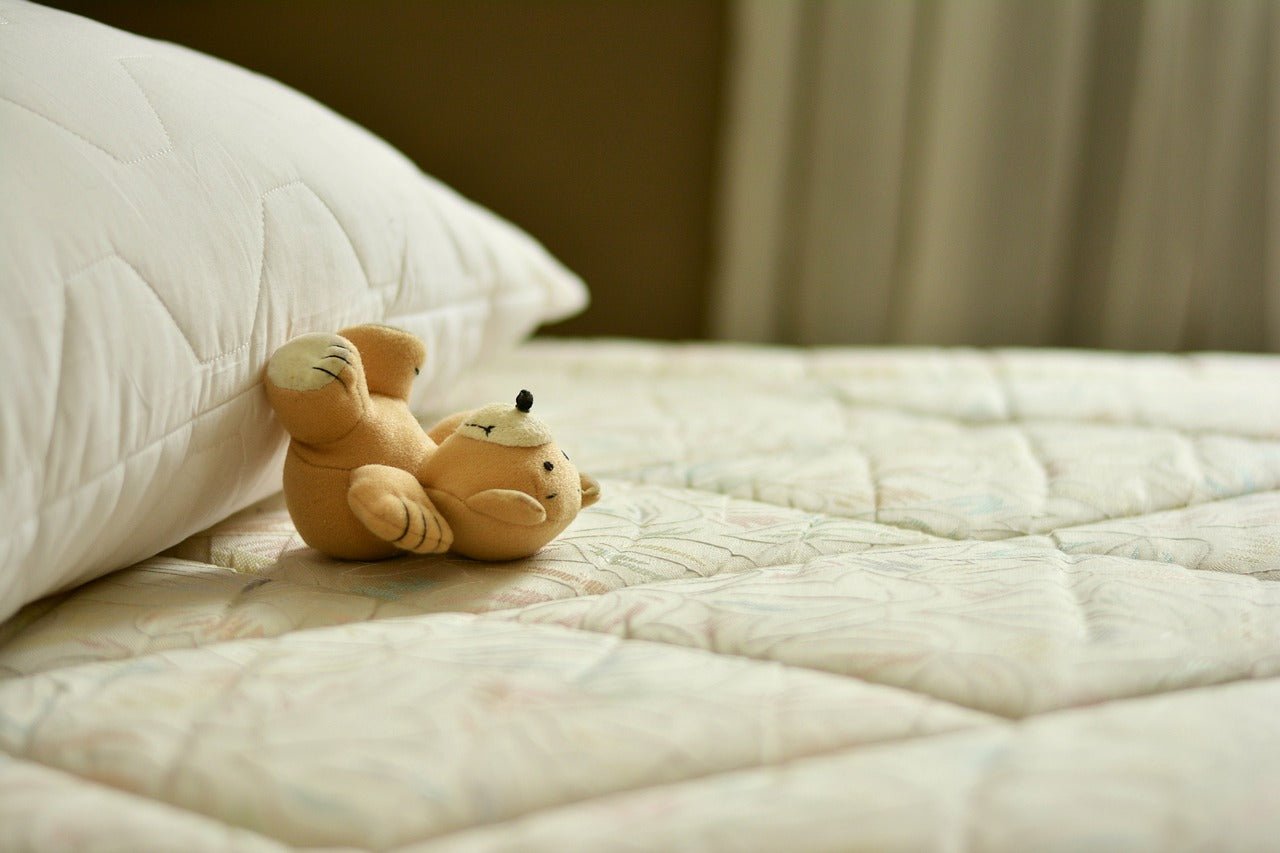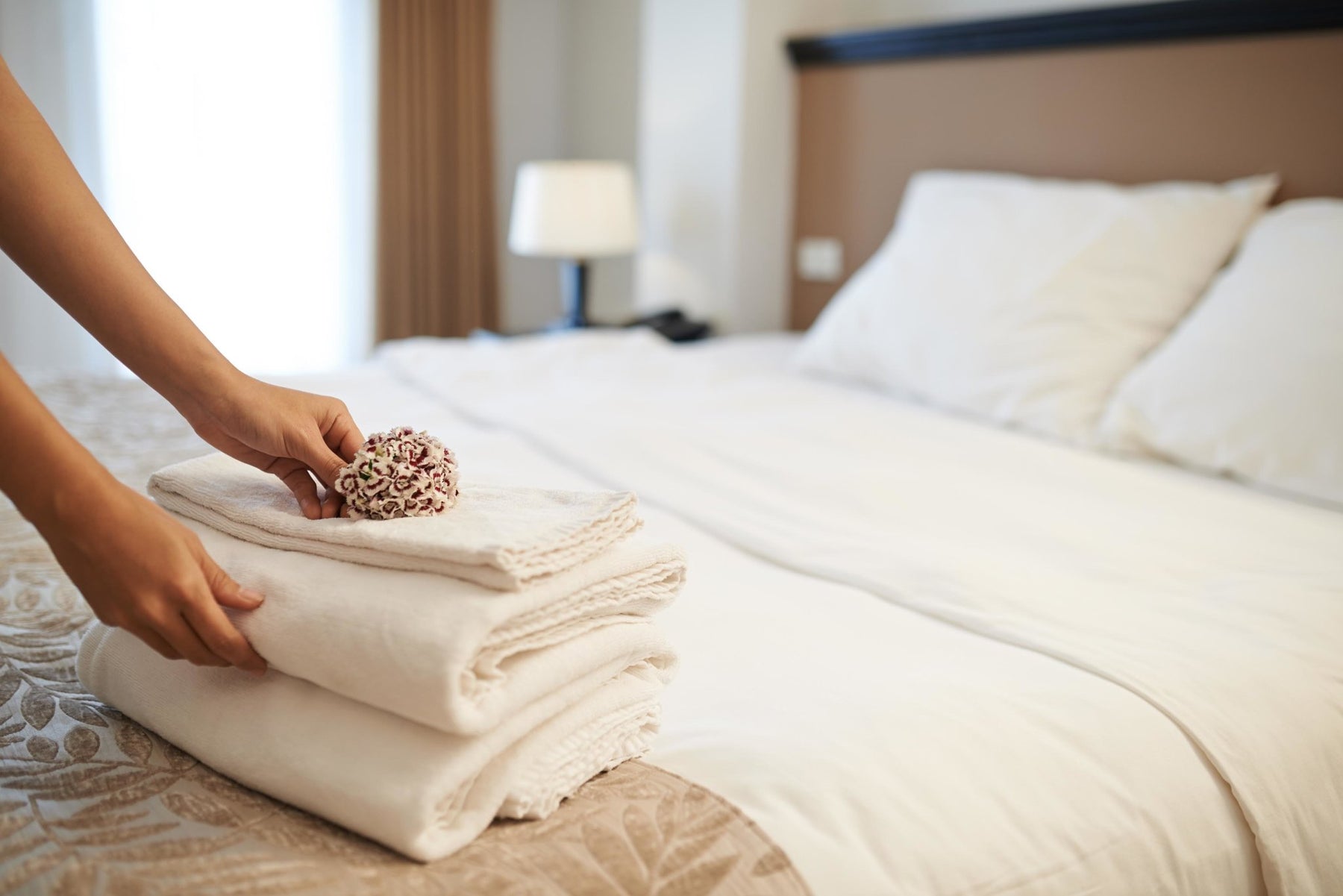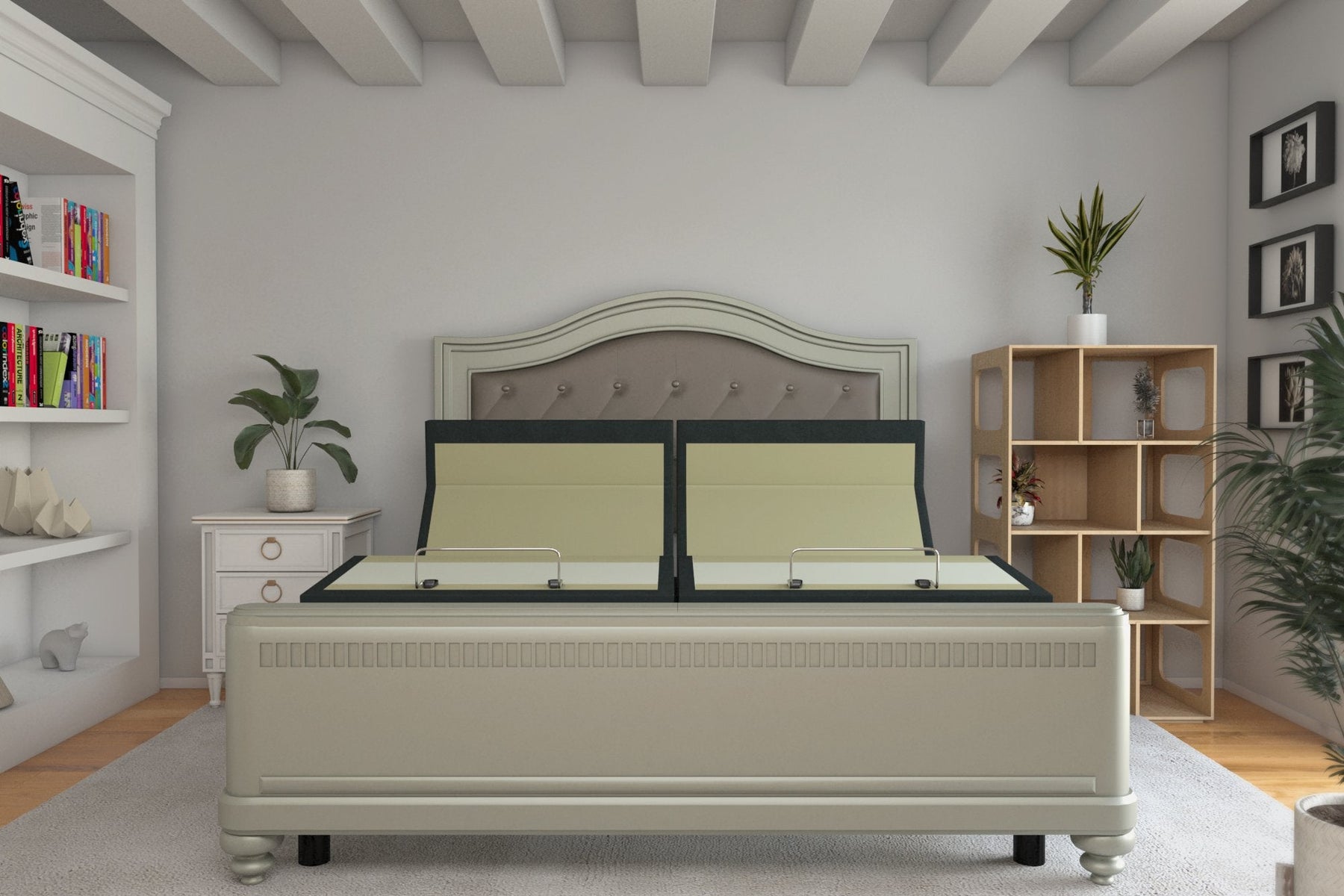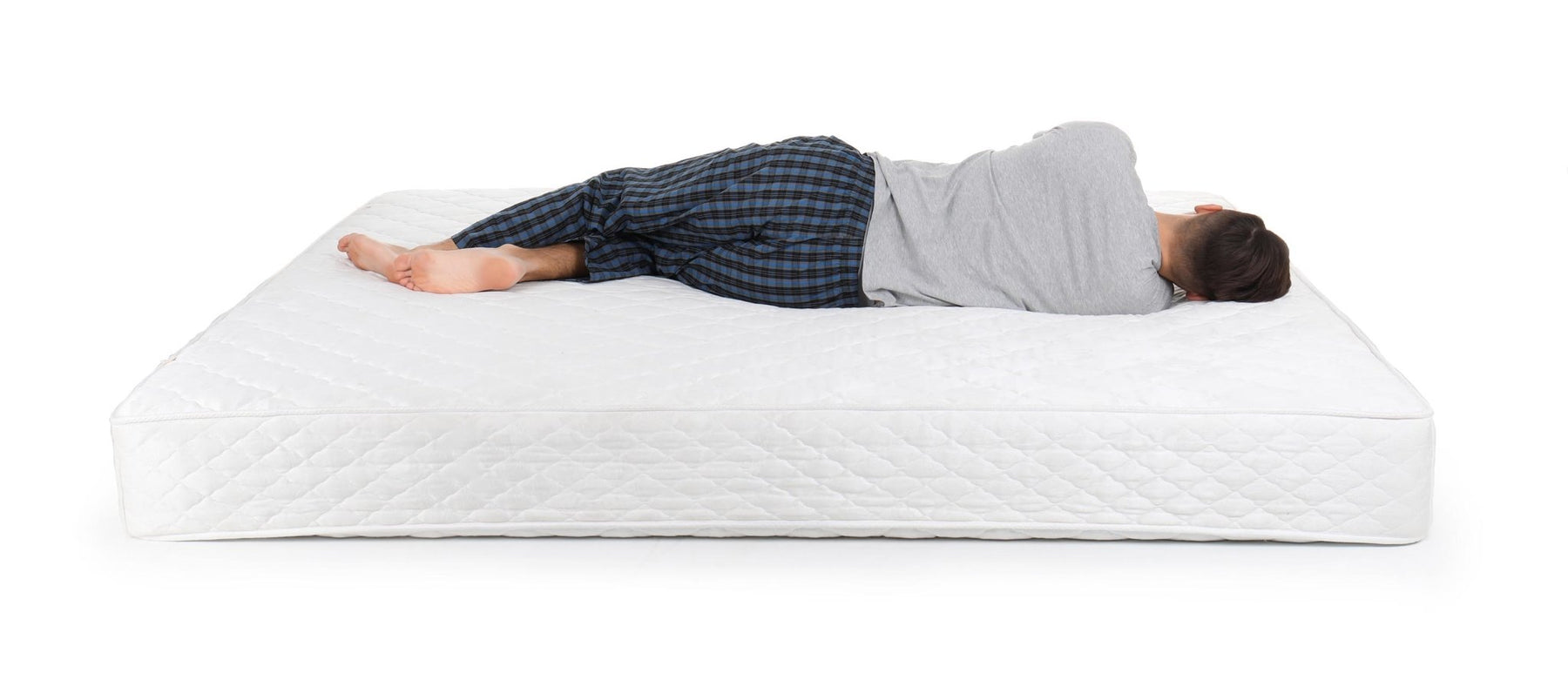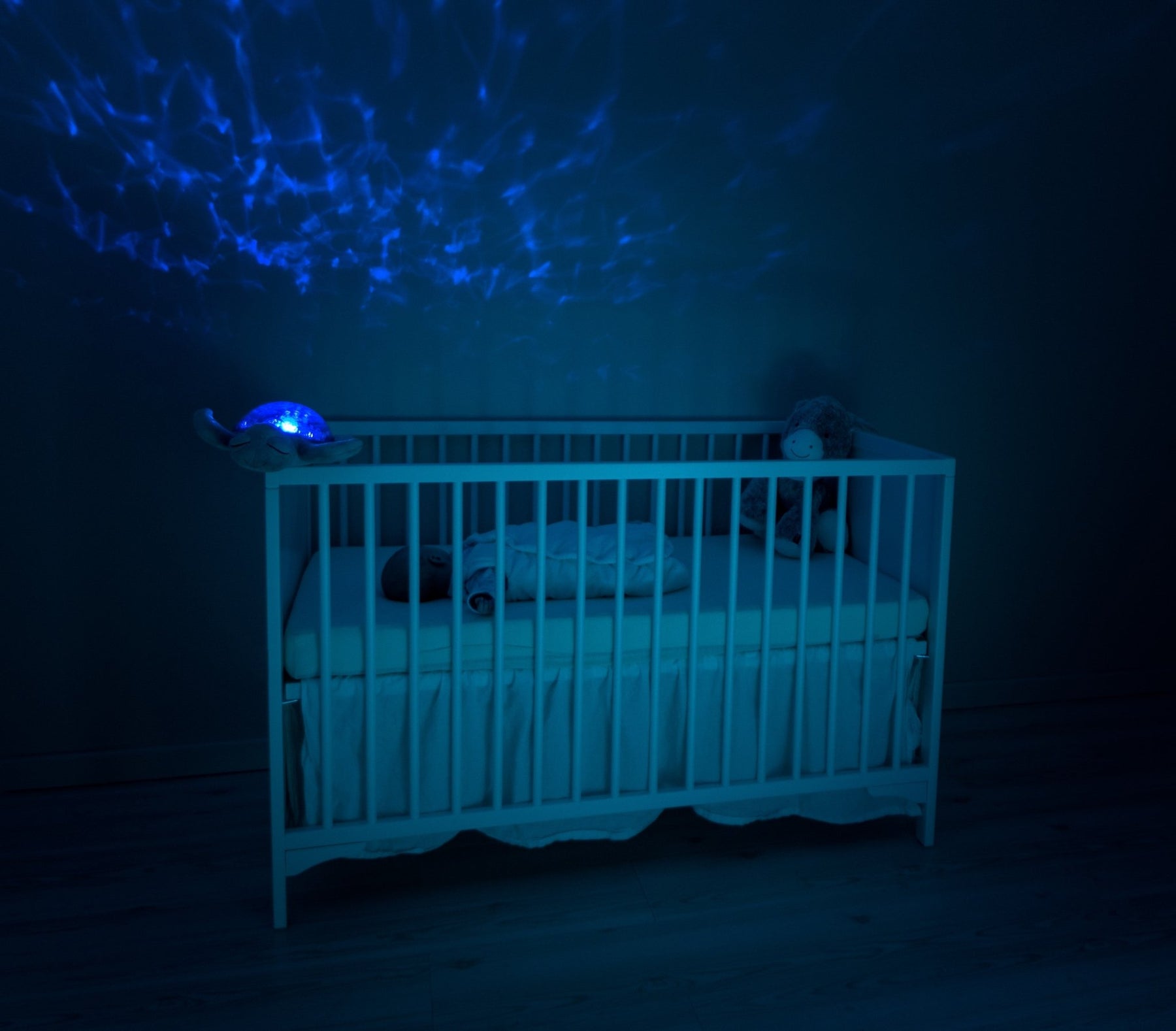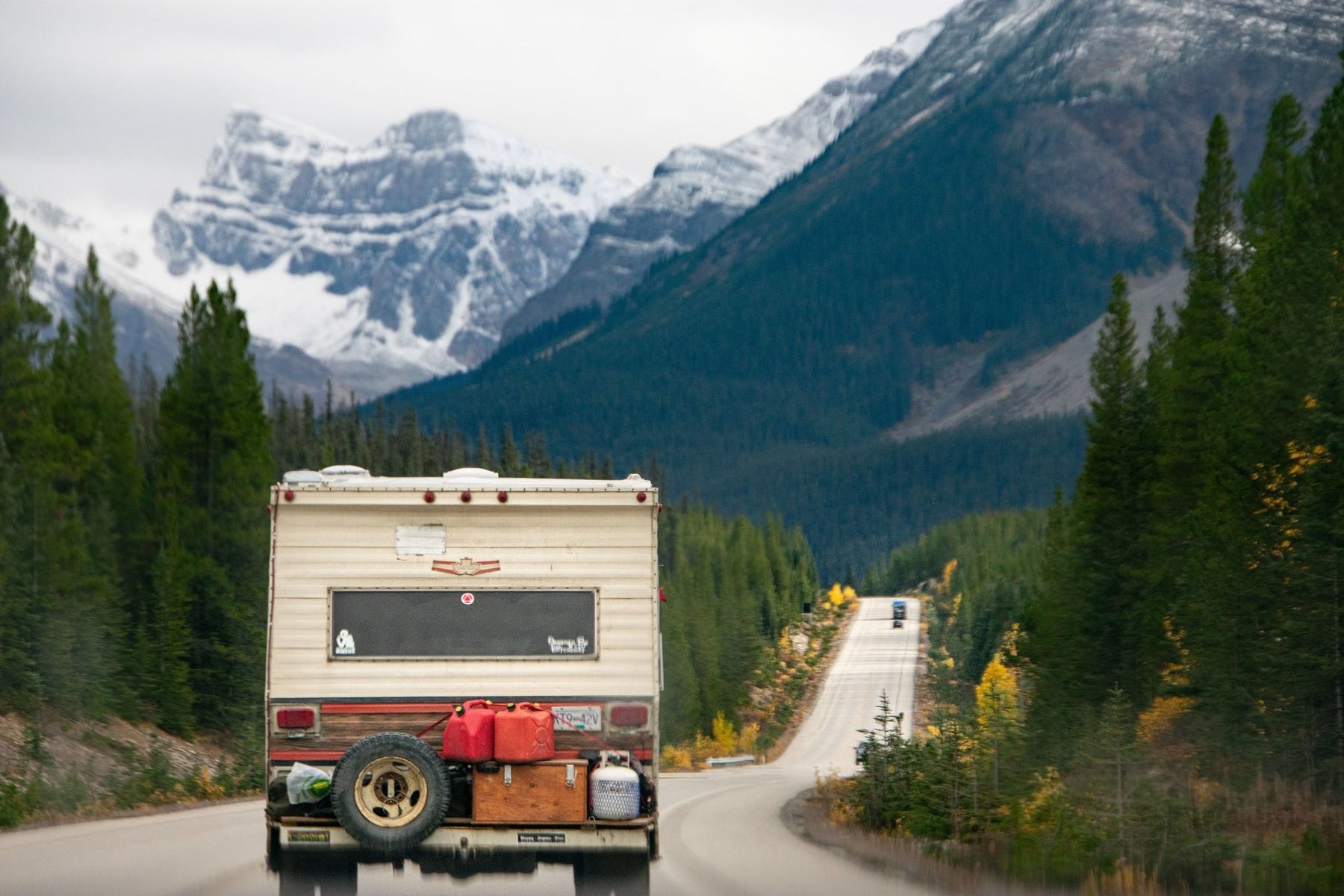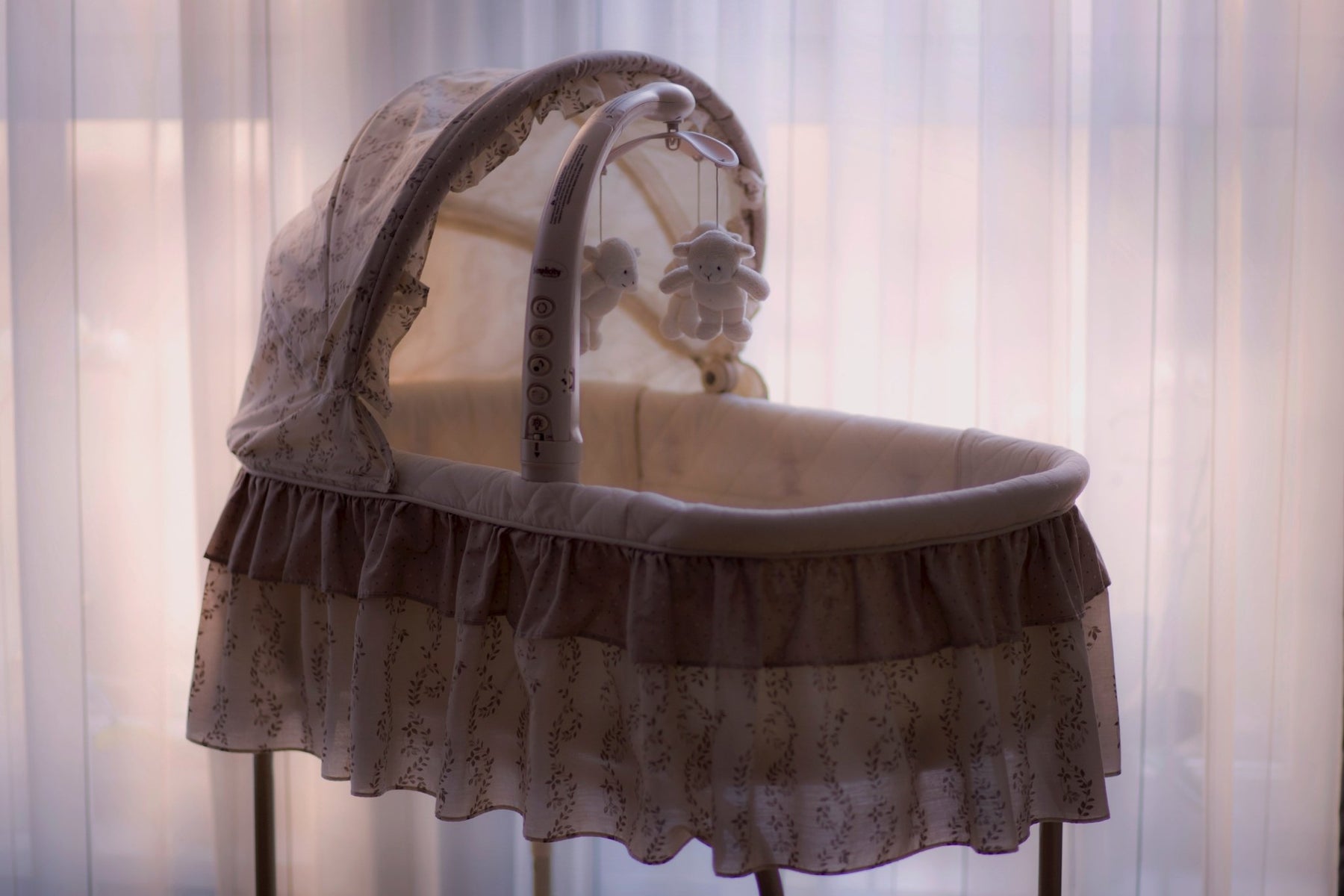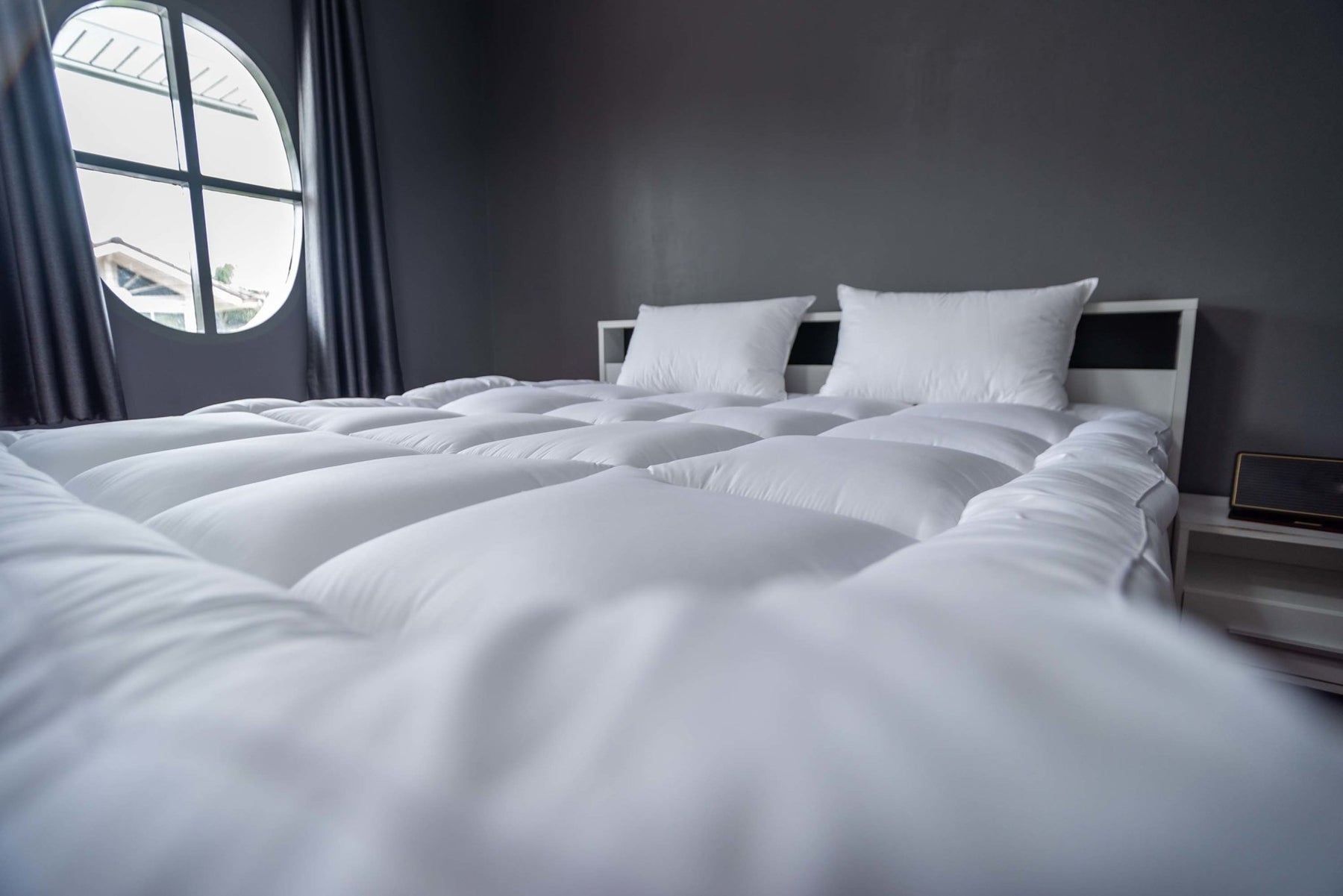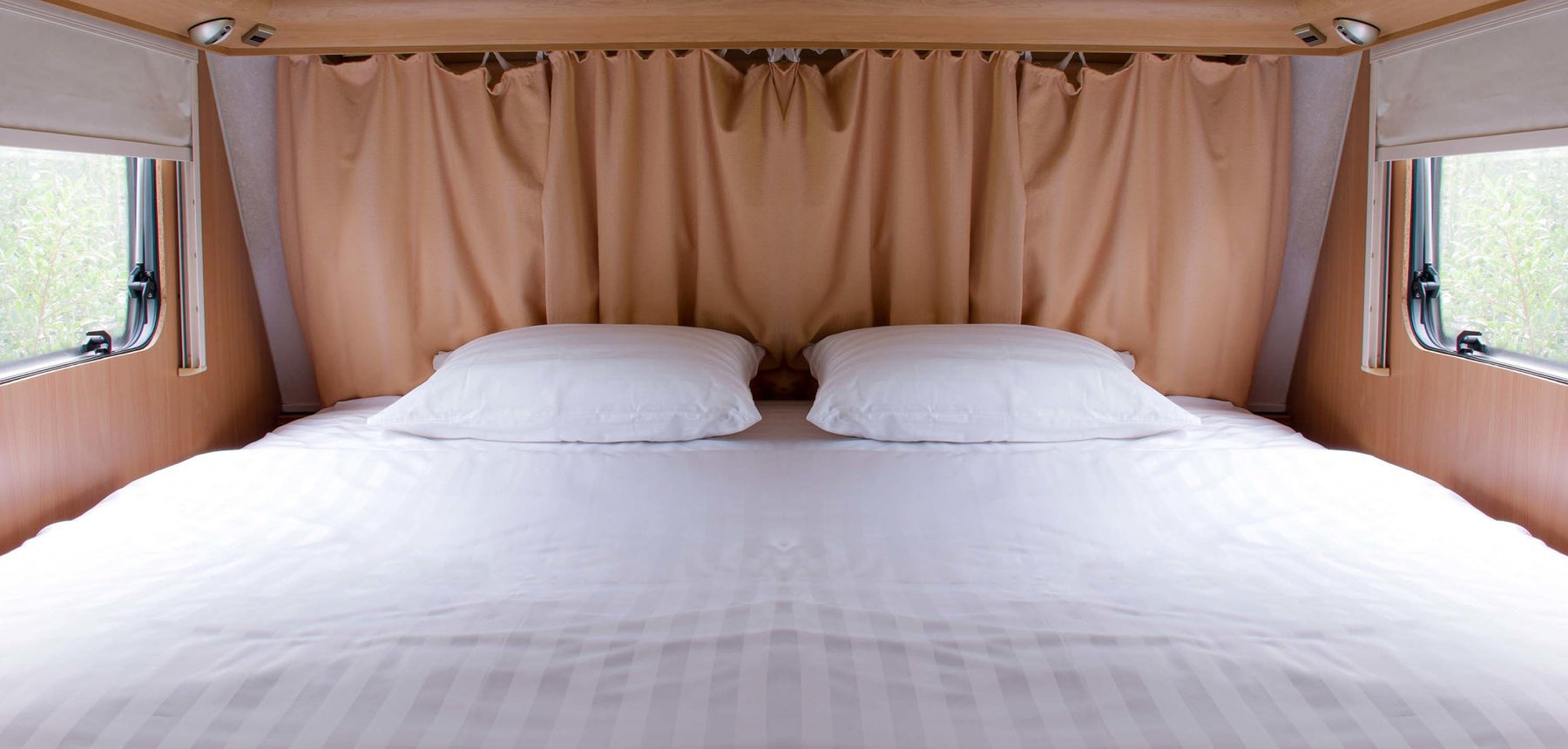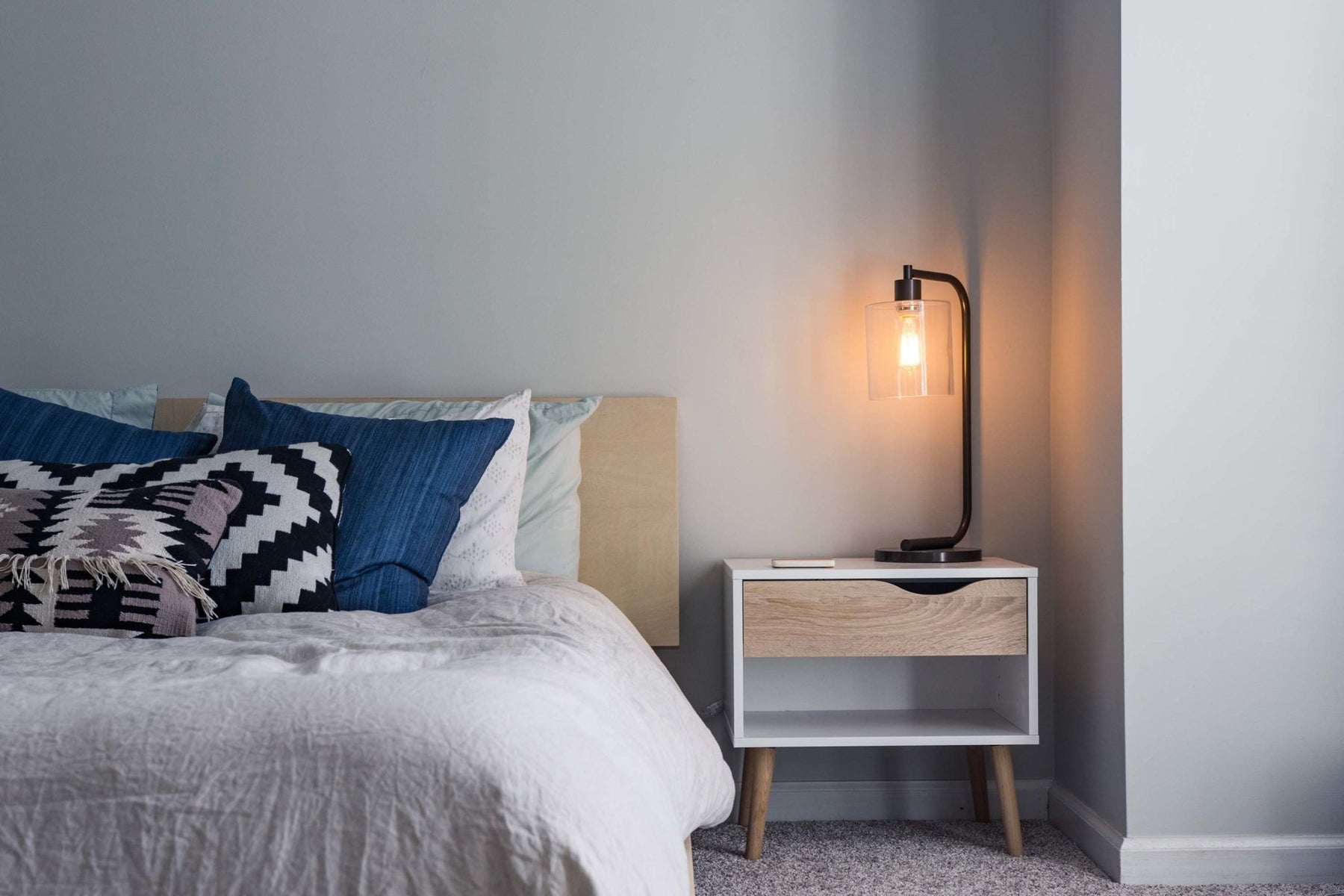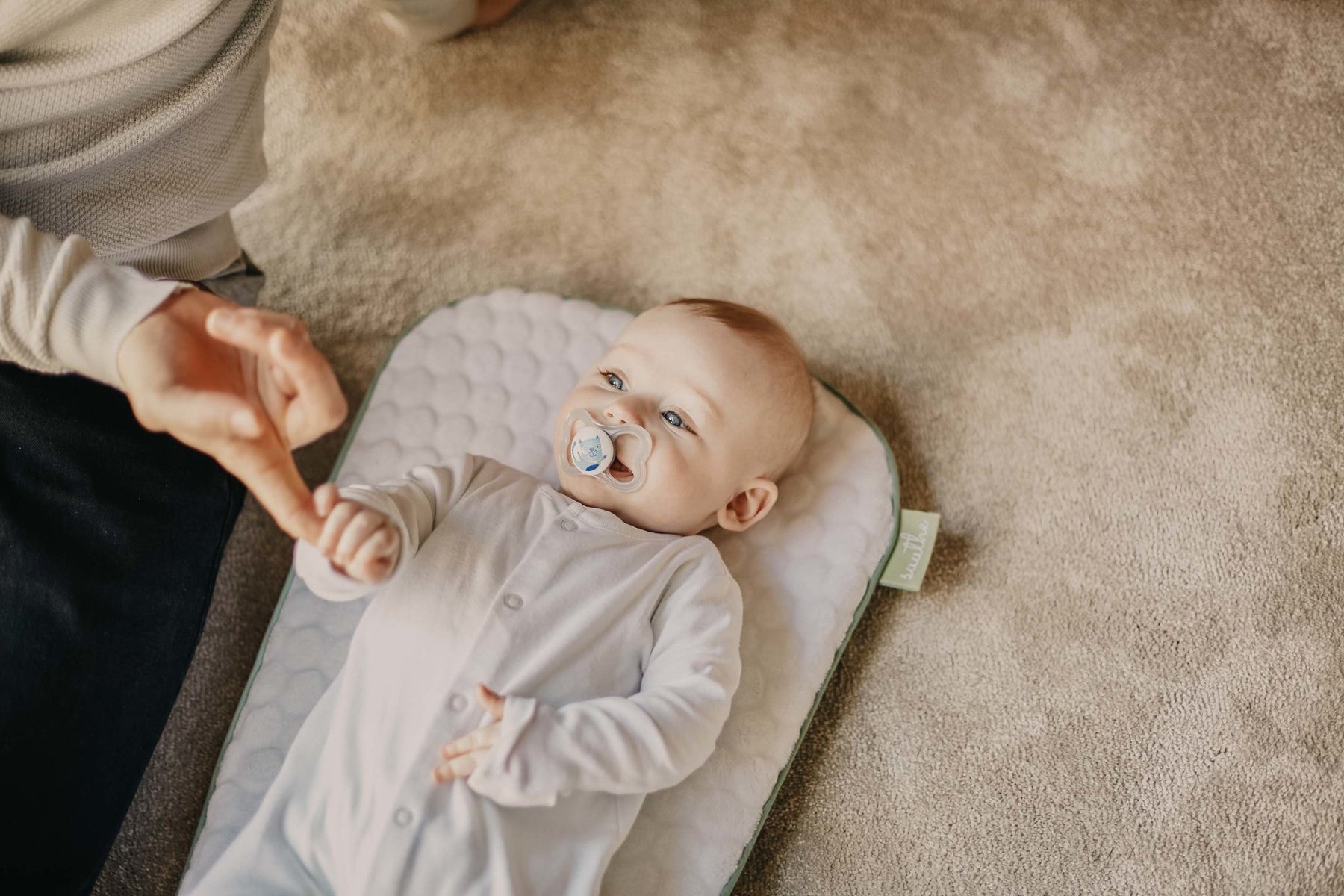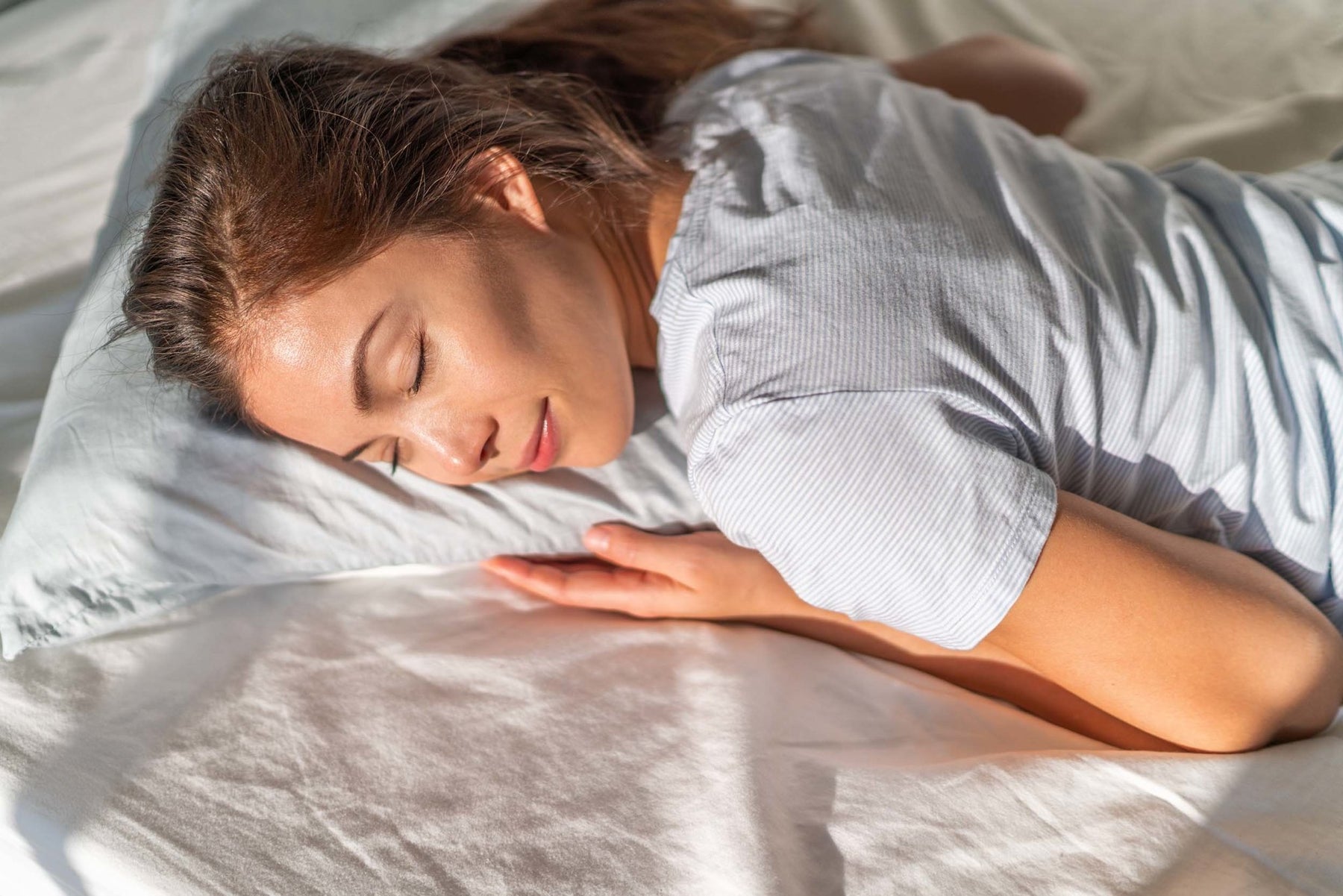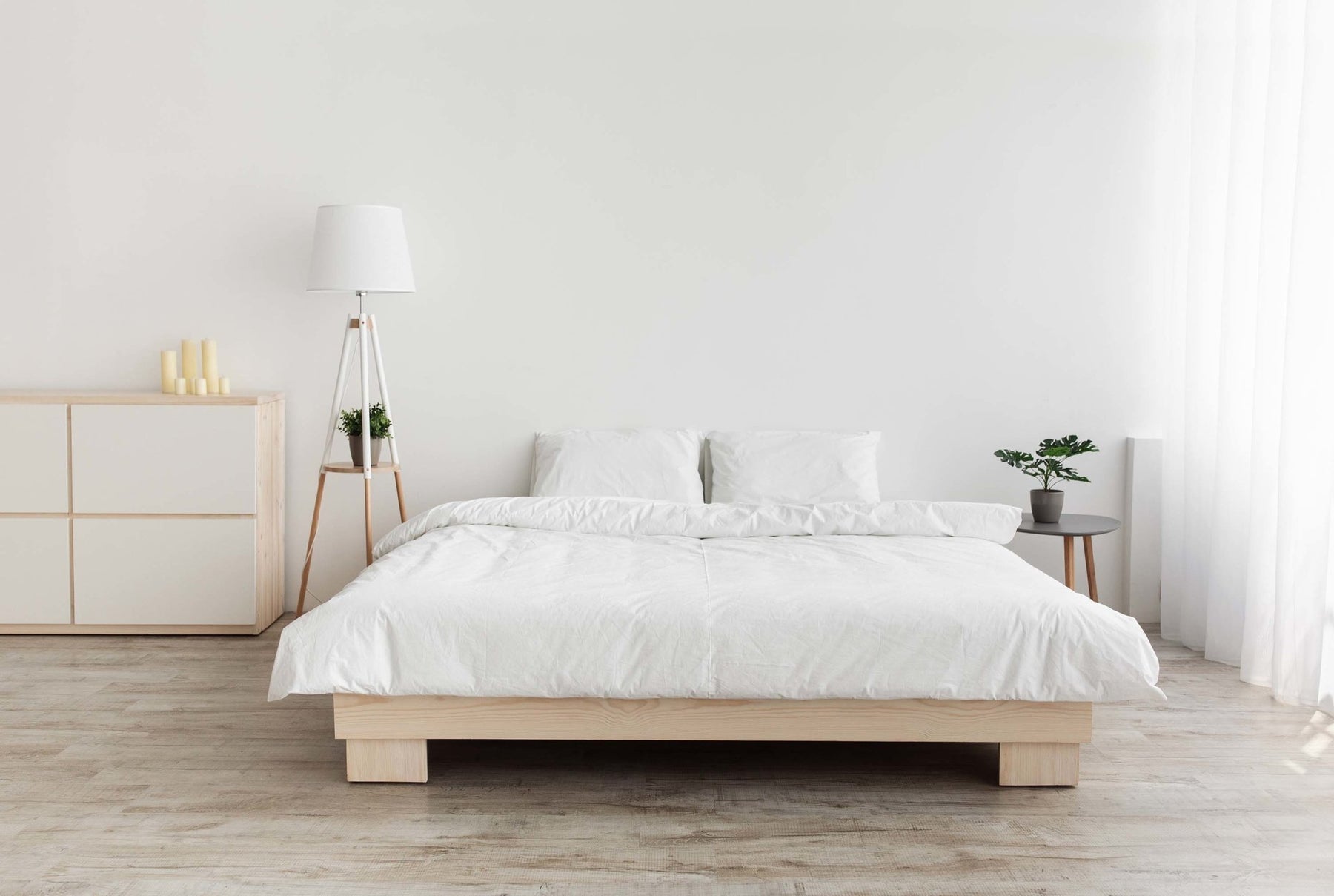There is one thing that all RV mattresses have in common - a limited lifespan. Though some RV mattresses tend to last longer than others (due to their materials, construction, level of use, etc.), there are many things you can do to maintain your mattress and even prolong its lifespan. If you want to get the most out of your RV mattress, you’ve got to take calculated steps to combat the wear and tear your mattress will take on as you explore the world in your RV. And in this article, we’ll help you out with that. Keep reading for some expert tips for maintaining and prolonging the lifespan of your RV mattress.
How to Maintain an RV Mattress to Make it Last
If you want to make your RV mattress last, regular maintenance is key. Those who forego maintenance are practically guaranteed to have to replace their mattress sooner than they would if they’d properly cared for it. If you don’t like the idea of ending up in that situation, we urge you to get to work. Here’s how to maintain your RV mattress.
-
Keep Your RV Mattress Clean
Despite your best efforts to keep your mattress clean, the dirt, debris, dust, dust mites, and dead skin will come. All of these can shorten your mattress’s usable life, so regular mattress cleaning is essential for preserving your mattress’s longevity.
You don’t have to do a deep clean on your mattress every day, unless you’ll be slinging mud onto it every morning. But you’ll want to spot clean it every time it gets visibly soiled to prevent permanent stains or damage. Other than that, you should clean your mattress every 6 months.
How to Clean Your RV Mattress
How you clean your RV mattress is perhaps more important than how often you do it. Here, we’ll tell you exactly how to clean your RV mattress without a ton of frustration or wasted time. Let’s get right into it!
-
Strip the mattress. Take everything off of the mattress, including your comforter, sheets, pillows, and mattress cover (if you have one). Throw what you can in the washing machine. You’ll only be dealing with your actual mattress.
-
Get to vacuuming. Use a handheld vacuum (or a regular vacuum with a hose attachment) to remove any dust or debris from the surface of the mattress. Once you’re done with one side of the mattress, flip it over and vacuum the other side. If you want to deodorize the mattress as well, get yourself some baking soda and sprinkle it on the surface of the mattress. Vacuum the baking soda up after 15 minutes minimum.
Deep clean (for problem mattresses). This is an optional step, but you can do it if you notice any lingering stains or smells on the mattress. If you’re dealing with an offputting odor, you’ll need to treat the entire mattress with a handheld steamer. But if the problem is a lingering stain, you can focus the steamer only on the stain. For any stains that don’t respond to the steamer, you can use a commercial stain lifter for fabrics. It’ll have the cleansing power you need to get rid of just about any stain.
-
Disinfect the mattress. For another layer of cleanliness, you can take things a step further and disinfect the mattress. To disinfect a mattress, all you need to do is spray it down with a disinfectant. We urge you to avoid disinfectants that contain harsh ingredients, like bleach. These can degrade the mattress’s material and shorten its lifespan.
-
Dry the mattress. Once you’ve completed all the above steps, you’re ready to dry your mattress. This part is very important, as improper drying can lead to mold and mildew growth, both of which can lead to an unusable mattress. Here are a few drying options to choose from:
-
Allow your mattress to sit out in the sun for a few hours.
-
For spot drying, a hair dryer will work in a pinch.
-
Point a fan toward the mattress, flip it over and again allow the fan to dry the surface of the mattress.
2. Always Use a Mattress Protector
If your mattress doesn’t already have a mattress protector, it’s time to get your hands on one. A mattress protector is essentially a barrier between your mattress and the outside environment. With a mattress protector, your mattress will be less likely to become stained, overly dusty, or heavily soiled. The result is a cleaner overall mattress that’ll last you for years to come.
3. Turn and Flip Your RV Mattress Now and Again
When you use a mattress on a long-term basis without flipping or turning it, the mattress may develop impressions and uneven wear and tear. This isn’t good for the average RV mattress’s longevity. So, we urge you to consider flipping or turning your mattress periodically so that any wear and tear will be spread over the entire mattress versus being concentrated in one spot.
But before you flip or turn your mattress, do yourself a favor and look at the instructions that came with it. Some mattresses should be flipped/turned in a specific manner for the best results. If there are no instructions available, you can call the manufacturer of the mattress and ask them about how to best turn/flip it. A select few mattresses should not be flipped at all - Sleep Number mattresses, for example.
4. Guard Against Bed Bugs
In case you didn’t know, bed bugs aren’t picky about where they live and lay their eggs. They can infest your RV or camper just like they can your residential home. A bed bug-infested mattress is a nightmare for anyone who’s not up for the extermination process. And as a result, many deem buggy mattresses unusable and bound for the trash. To prevent a bed bug infestation, take the following steps:
-
Stay away from questionable second-hand furniture. Bed bugs can jump off of that furniture and infest your bed.
-
Clean your bedroom regularly. You don’t want to give bed bugs any place to hide.
-
Use a bed-bug-proof mattress protector to keep critters from getting to your bed.
-
Wash your bed sheets regularly and tumble dry them on a heated setting.
5. Set Your Mattress on a Proper Base as Needed
To retain its shape and resilience, your mattress should be placed on a proper base or foundation. If your RV doesn’t come with one, contact the manufacturer of your mattress to see which type of base/platform/foundation they recommend. If you have no luck with the mattress manufacturer, here are a few tips to help:
Box springs pair well with innerspring mattresses. Whereas memory foam, hybrid, and latex mattresses can be placed on a bunkie board or a slatted foundation.
6. Keep Your RV Mattress Away from Moisture
Moisture is the enemy of mattress longevity - it can tank your mattress’s lifespan in a hurry. So, it’s wise to keep your RV mattress away from moisture at every turn.
How to Prevent Moisture Under Your Mattress
There are a few ways to prevent moisture under your mattress. You can keep it encased or covered in a mattress protector (as mentioned earlier) and raise it up off of the floor. It also helps to avoid eating or drinking on your mattress.
So, there you have it - several tips you can keep in your back pocket as you care for your RV mattress. We hope that you’ve found all the information you were looking for and we wish you many, many years with your RV mattress!






